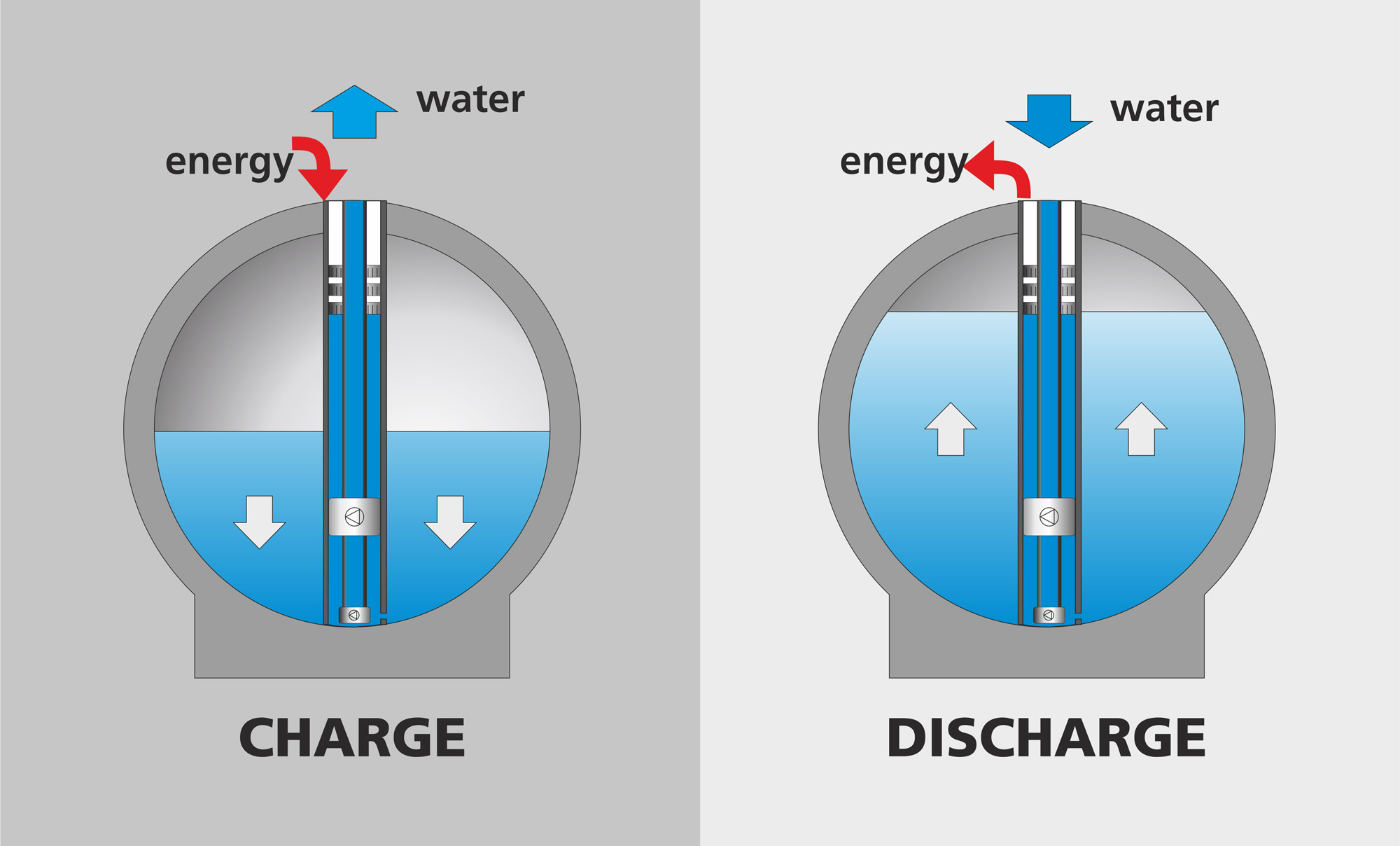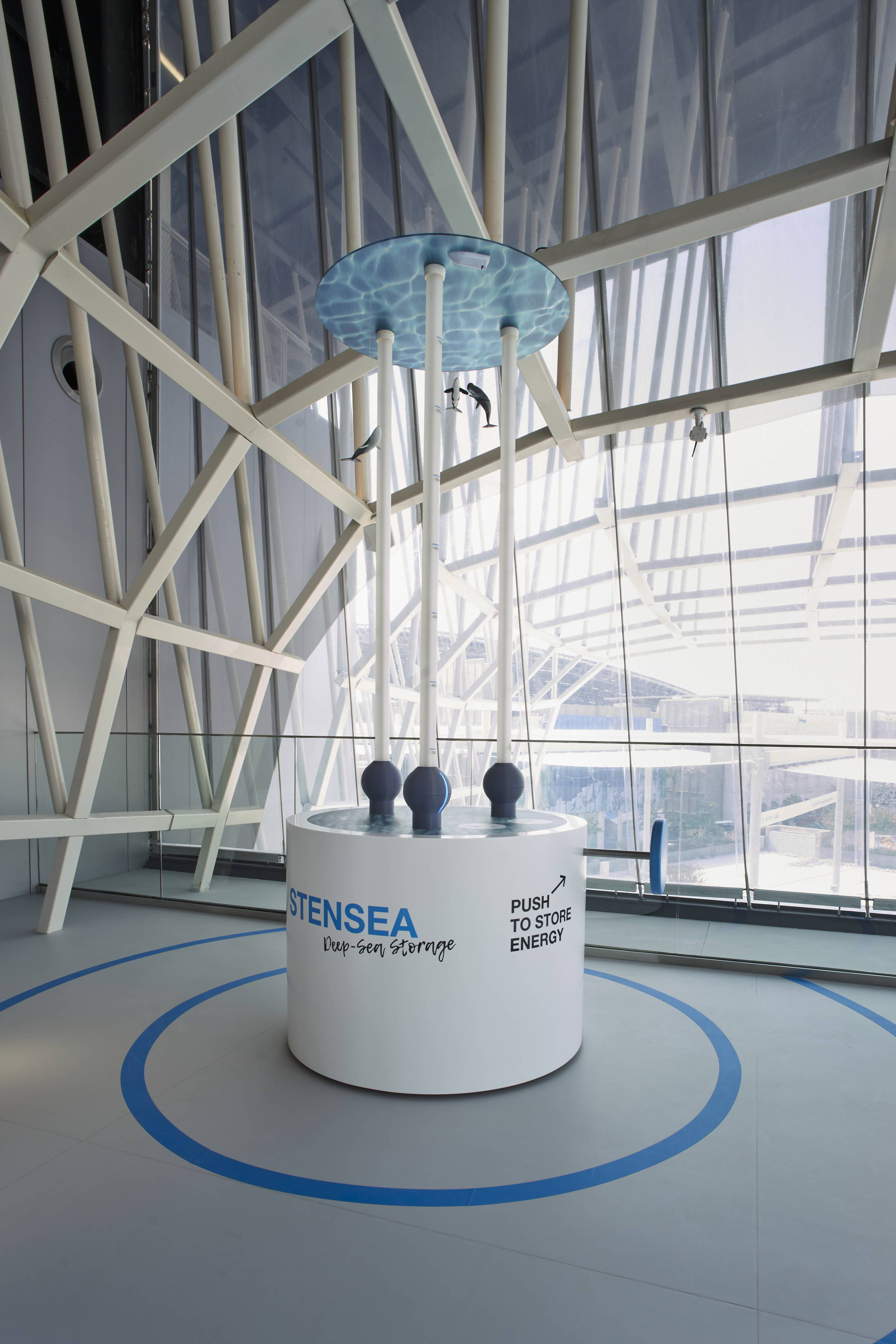Deep sea pumped hydro storage
Deep sea pumped hydro storage is a novel approach towards the realization of an offshore pumped hydro energy storage system (PHES), which uses the pressure in deep water to store energy in hollow concrete spheres. The spheres are installed at the bottom of the sea in water depths of 600 m to 800 m. This technology is also known as the »StEnSea«-system (Stored Energy in the Sea) after the first research project that was carried out to proof the technology in a field test.




